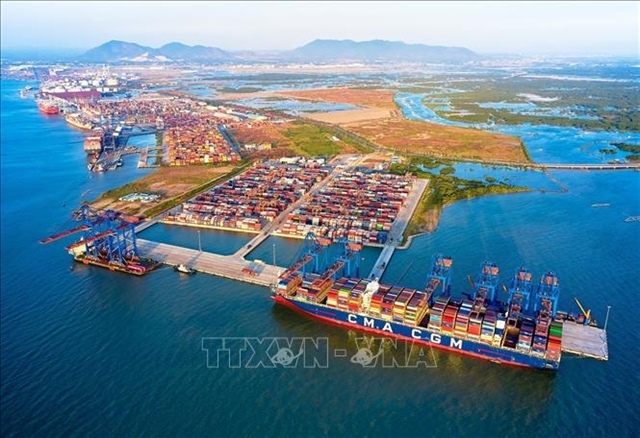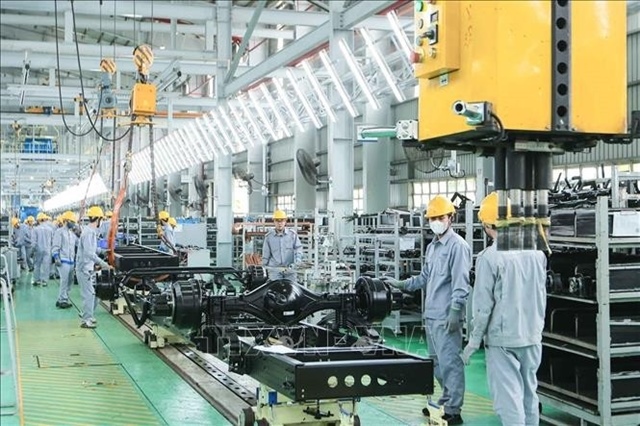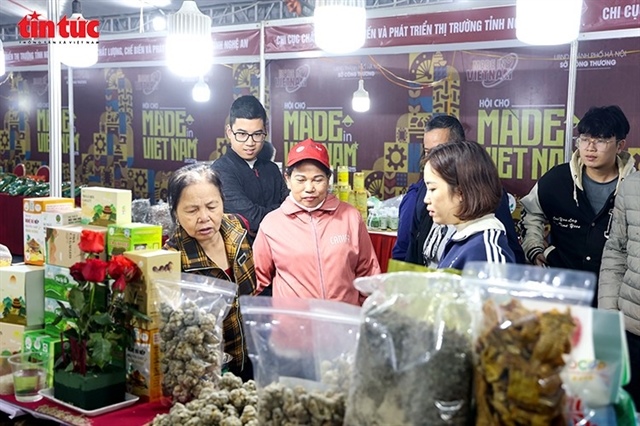Gyeongsan, Da Nang to co-operate in cosmetics
Gyeongsan, Da Nang to co-operate in cosmetics
Da Nang and South Korean city of Gyeongsan have inked a Memorandum of Understanding (MoU) on development and co-operation in the cosmetic industry.

The MoU, which was signed in Da Nang during a working visit by a delegation from Gyeongsan last week, also aims to boost tourism, investment and technology transfer among businesses based in Korea and Da Nang.
As planned, Gyeongsan will open a showroom at the city’s exhibition and trade fair centre to introduce cosmetic products and technology.
Last year, the Da Nang-based Green Belt Technology and Environment Company introduced the first made-in-Da Nang organic cosmetics using local essential oils and available natural ingredients.
The Arya Tara cosmetic products of Da Nang have been chosen to feature in the ‘typical souvenirs of Da Nang’ list for 2017, when the city hosts the APEC summit this November.
Tourists from South Korea comprise the second-largest segment of foreign tourist arrivals to Da Nang, with more than 443,000 Korean tourists – nearly 20 per cent of total foreign travelers – visiting the city last year.
Da Nang is home to 53 foreign direct investment projects from South Korea with total capital of US$734 million.
The budget airline, T’way Air is operating five flights each week from Da Nang to Daegu, four flights between Da Nang and Seoul, and a daily route between HCM City and Seoul, while Jeju Air offers daily flights from Da Nang to Incheon.
Local low-cost airline, VietJet Air, also launched a new route from Da Nang to Daegu, South Korea, while Vietnam Airlines has operated a Da Nang-Busan route, with two flights per week, since 2013.
According to the city’s tourism department, there are 12 flights from South Korea to Da Nang every week, carrying an average of 1,500 passengers.
As planned, two new direct flights from Da Nang to Pusan and Muan, Korea would be opened later this year.
The city also plans to boost tour exchanges between Jeju Island; Incheon, Seoul; and other localities, including UNESCO-recognised world heritages Phong Nha-Ke Bang, Hue City, Hoi An and My Son in central Viet Nam.






















